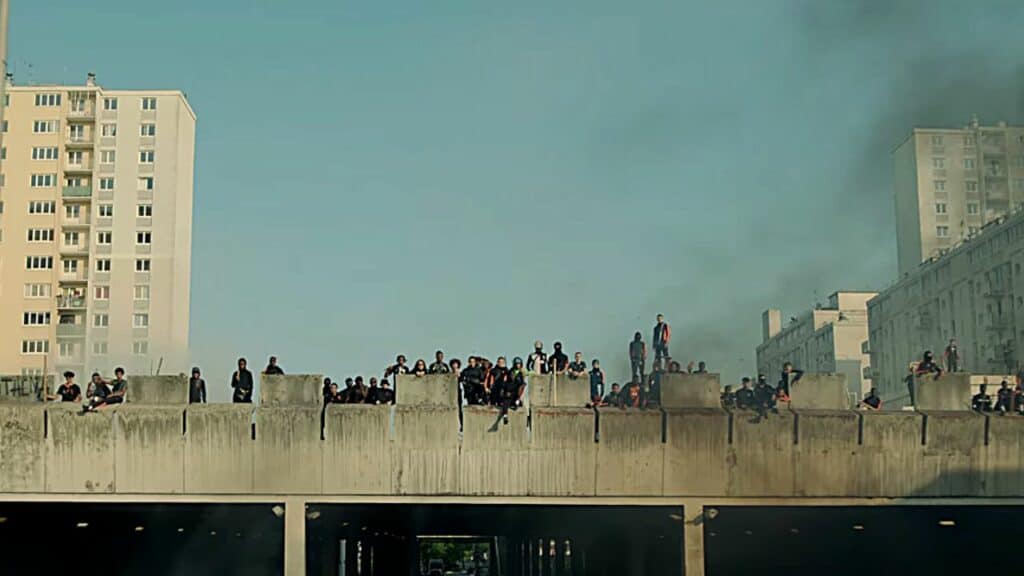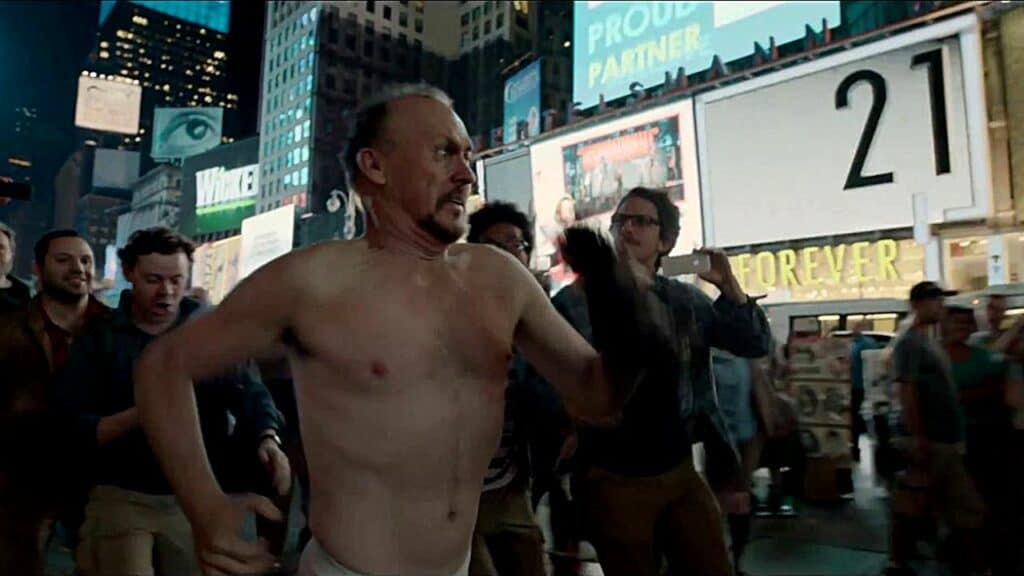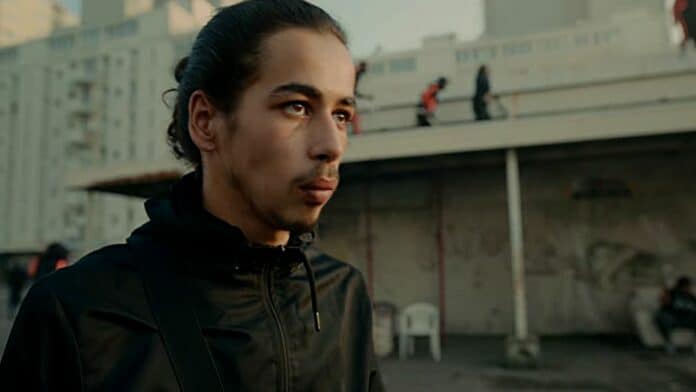Athena is a French social drama on Netflix that focuses on the backlash when a small child is killed by the police. The film employs a series of long continuous takes meant to carry the viewer along for the entire ride.
The ‘long take’ is a cinematic technique wherein a shot is of duration much longer than the conventional pace of editing of films and television in general and Romain Gavras’ Athena is the latest example of the magnificence of this technique.
Several key factors need to be set up for a long take to have the desired effect and Athena accomplishes that right from the opening sequence which can be considered one of the best openings to grace the screen.
Setting the stage
The film focuses on 3 siblings with varying reactions to the death of their youngest brother at the hands of the police. The opening shot begins with Abdel, the second sibling and soldier appearing before the press at a police station to make a statement on the incident.
What follows is roughly 10 minutes and 20 seconds of uninterrupted chaos as Karim, the third sibling and rebellious youth, leads an uprising of men who break into the station and steal as many weapons as they can before heading back to the Athena estate where they live.
The take ends with Karim surveilling the destruction they have caused as the camera pans out and the title card appears in an immediately iconic and mesmerising frame.

There is minimal use of camera cuts with most of them taking place when there is a significant location change or a short passage of time. The rest of the film sees the camera following an individual as they make their way through the estate amidst all the anarchy taking place.
Other notable examples
Many directors have employed the use of long takes or sequence shots to enhance the quality of their movies or television episodes with Alfred Hitchcock and Steven Spielberg being particularly revered for their use of the technique.
Hitchcock’s film ‘Rope’ uses clever edits to disguise the entire film as on continuous take with the film existing of a total of 11 shots. A much more modern example of an entire film disguising itself as one continuous take is Alejandro González Iñárritu’s Birdman starring Michael Keaton.

Spielberg used the long take in his animated film ‘The Adventures in Tintin’ in the Moroccan chase involving Tintin, Snowy and Captain Haddock. Spielberg proved that the technique translates well across any medium if executed properly.
One of the most exemplary instances of a long take is the ‘Copacabana’ sequence in Martin Scorsese’s ‘Goodfellas’ as Ray Liotta’s Henry Hill escorts his girlfriend through a busy kitchen right into a happening nightclub before eventually arriving at their seats.

